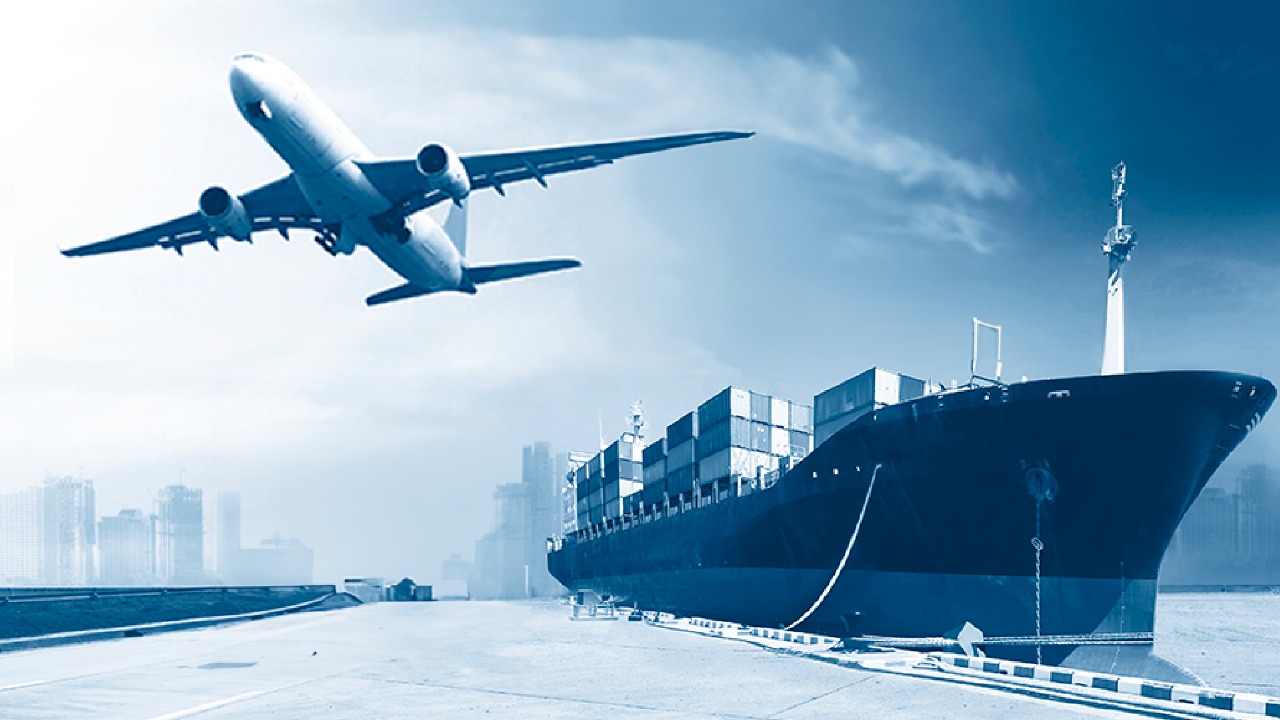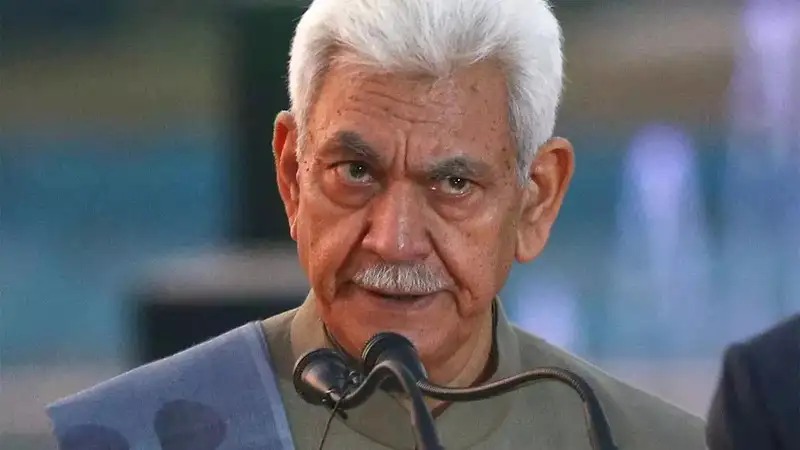
Follow WOWNEWS 24x7 on:
Updated: June 14, 2025 17:40

India’s exporters and importers are bracing for a fresh wave of cost escalations as sea and air freight rates surge amid renewed geopolitical instability. The ongoing Israel-Iran conflict and persistent Red Sea disruptions have triggered rerouting of vessels and aircraft, inflating transport and insurance costs across key trade corridors.
Geopolitical Flashpoints Disrupt Trade Routes
- Attacks on commercial vessels in the Red Sea by Houthi militants have crippled traffic through the Suez Canal, forcing global shipping lines to divert via the Cape of Good Hope.
- The closure of airspace over Pakistan and Iran has further complicated air cargo operations, leading to longer flight paths and higher fuel consumption.
- These developments have created significant scheduling uncertainties for Indian exporters, particularly those reliant on timely deliveries to Europe, the US, and West Asia.
Cost Implications for Indian Trade
- Air freight rates have spiked sharply, with some corridors witnessing a fourfold increase—from ₹35/kg to ₹140/kg—due to extended flight durations and limited capacity.
- Sea freight has also become costlier, with shipping lines imposing war-risk surcharges and general rate increases. Some routes have seen freight charges rise by as much as 600 percent.
- Marine insurance premiums have surged 2–4 times, adding to the overall logistics burden.
- Brent crude prices have climbed over 8 percent, pushing up aviation turbine fuel and marine fuel costs, which are directly passed on to shippers.
Exporters’ Concerns and Sectoral Impact
- Exporters of perishables, electronics, and pharmaceuticals are among the hardest hit, as delays and cost hikes threaten delivery schedules and profit margins.
- Around 80 percent of India’s merchandise trade with Europe passes through the Red Sea, making the region’s instability a critical bottleneck.
- The Federation of Indian Export Organisations (FIEO) has flagged the situation as a serious concern, urging the government to consider support measures for affected sectors.
- While food exports may face minor disruptions, officials believe these are likely to stabilize quickly due to priority handling.
Strategic Outlook and Industry Response
- Exporters are being advised to factor in longer lead times and higher freight costs in their planning cycles.
- The Indian government is monitoring the situation closely, with the Directorate General of Foreign Trade (DGFT) expected to issue advisories if disruptions persist.
- Analysts warn that if tensions escalate further, India’s ambitious target of crossing $900 billion in goods and services exports by FY26 could face headwinds.
Sources: The Economic Times, CNBC, Freightos, MSN India.


